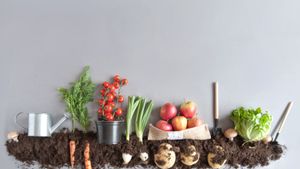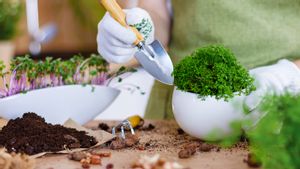Kitchen gardening is distinct from traditional gardening, in case you were wondering. The reason for this distinction is that a kitchen garden is typically more compact and visually appealing. Its style harmonises with that of the entire home. Need to know how to start a kitchen garden? This guide has got you covered! The convenience and accessibility of kitchen gardens make them ideal for producing various fruits, herbs, vegetables, and herbs. Also, the visually appealing geometric recurrent patterns that are characteristic of kitchen gardens make them even better. From kitchen garden basics to recommended vegetables and herbs, we cover everything in this guide!
Kitchen garden basics – what you need
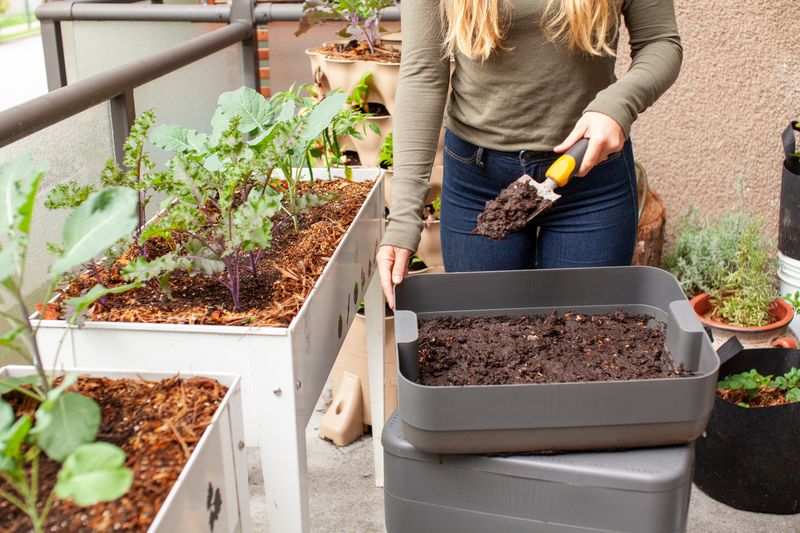
- Jars or planters: You may grow your plants in repurposed plastic or metal containers instead of using traditional dirt pots.
- Soil: To get the correct soil and nutrient combination, buy soil from a nursery. If your soil is very fertile, you may grow your kitchen garden directly in the ground. However, most modern kitchen gardens use raised beds, since ground beds are more labour-intensive.
- Organic manure: Fertiliser made from cow or goat manure may maintain the soil's natural fertility. Your kitchen garden requires plenty of sunshine, a dash of excitement, and nothing more than that!
- Raised beds: A typical kitchen garden occupies less than an acre, is located near the home, and can be grown in either containers or raised beds. Because of this, gardening becomes more enjoyable, and with the help of raised beds, you can grow more food in the same area using high-quality soil mixes.
- Good drainage: Most of the plants we grow here can't handle soil that's too damp, so good drainage is essential for a flourishing vegetable garden. You may solve this problem by using containers and raised beds.
How to start a kitchen garden at home?
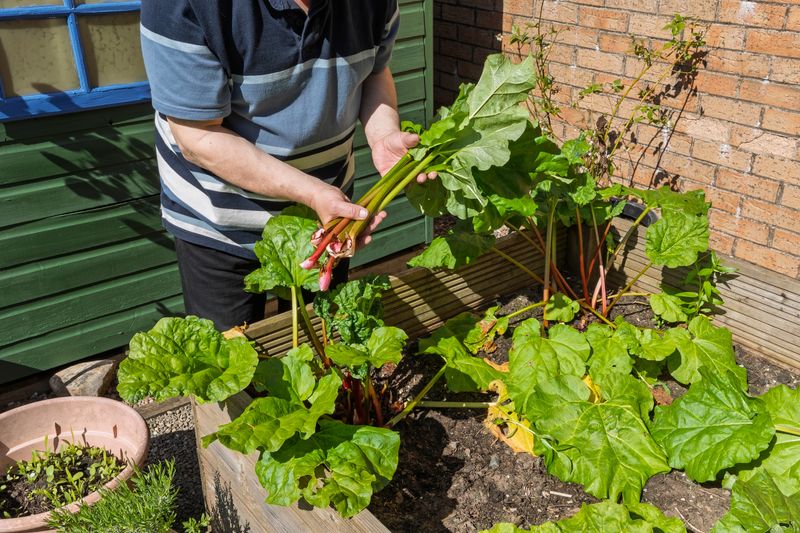
- Outdoor Space: Most people choose to grow their kitchen gardens in their backyards because of the convenient proximity of water, sunshine, and other related aspects. A stacked kitchen garden is a fantastic option regardless of your backyard's size. Vertical gardening, in which plants are arranged in layers on walls, is what you'll find here. In addition to enhancing the area's appearance, this method is a practical way to save space. Also, think of placing your kitchen garden on the terrace. The one catch is that you'll need to make further visits to collect supplies and care for them.
- Window sill: A kitchen garden on a windowsill is just as viable an option as any other, especially if you're short on floor space. Also, you'll have access to fresh vegetables in addition to transforming even the most ordinary space into a work of beauty.
- Containers: If you want to grow your food in containers, whether they're made of plastic or soil, be sure to give the plants plenty of room to develop and make sure the containers have drainage holes.
Best vegetables to grow in your kitchen garden
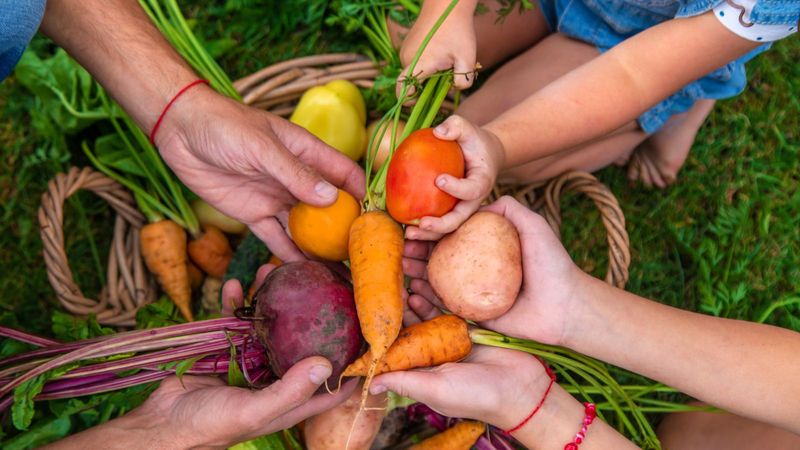
- Potatoes: Growing potatoes is a lot of fun, and they're delicious too. Two or three potatoes will need a container that is 10 to 12 inches deep for planting. Start by placing their buds (eyes) in fertile soil. A few months down the road, when the plant has dried out, you'll know it's time to harvest the potatoes.
- Tomatoes: Tomatoes thrive in containers. To extract the seeds, gently break the fruit and include them in your soil mixture. Just let your plants sit for a few days, and they'll begin to sprout.
- Carrots: To grow longer carrots, cut off the top and put the veggie in a planter with deeper depth of soil. At the very least, you could soak it in water for a while. You must water your carrot plant frequently if you want it to remain healthy.
- Beets: Obtaining the red Ace type will provide the finest benefits. Just like carrots, beetroots need a deep (12- to 14-inch) planter with plenty of room to grow.
How to start a kitchen herb garden?
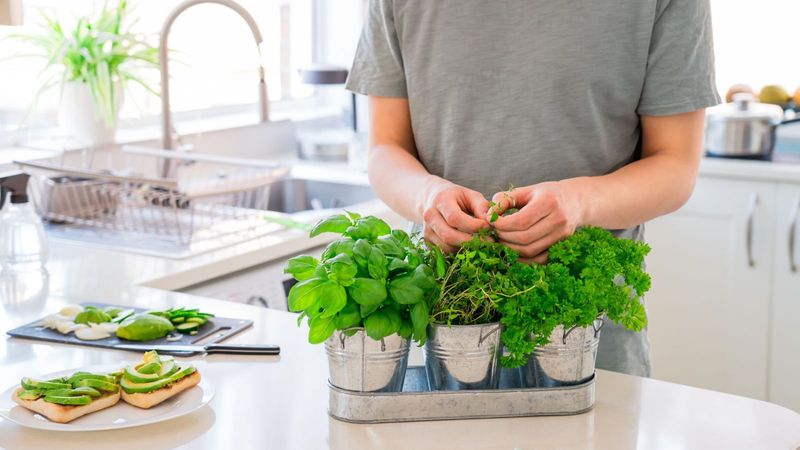
If this is your first year growing herbs or other small plants in your kitchen garden, start with them. Choose open-pollinated seeds over hybrid ones when you buy plants, whether that's from a local nursery or online. Plant the seeds and water them regularly until they germinate. Chillies are a wonderful option for new gardeners, as they are one of the best plants for an Indian kitchen garden. Toss a green or red chilli pepper, sliced open, in the dirt. While this is happening, make sure the dirt stays damp.
Eco-friendly garden maintenance methods
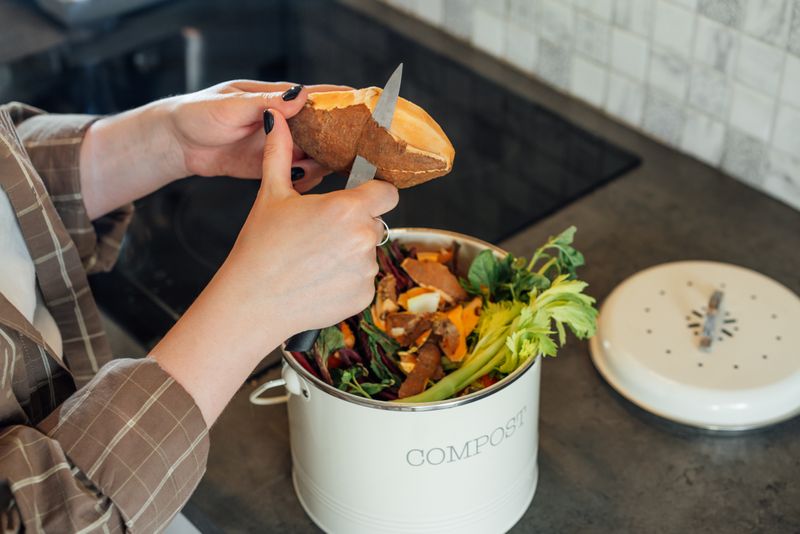
Enhancing the kitchen garden involves more than just maintaining its condition. Keep your food scraps out of the landfill if you want your herb garden to thrive. Instead, put it to use by fertilising your plants. Indeed, it's as easy as pie! So, be careful with the banana peel if you're eating one. To make banana tea for plants, soak it in water for two or three days. Alternatively, you may let it rot around the base of the plant to provide potassium. Next, take great care not to discard any part of the vegetable, including the peels and any damaged ends. Instead of throwing them out, put them in a compost bin, and they will become fertiliser for your kitchen garden.



